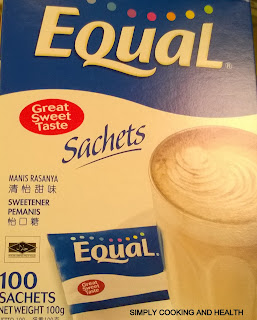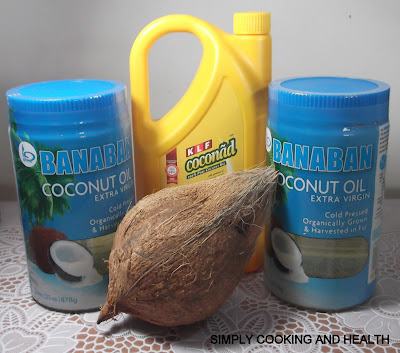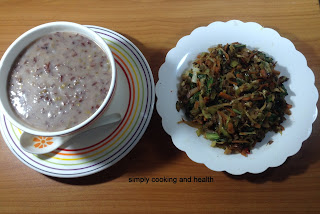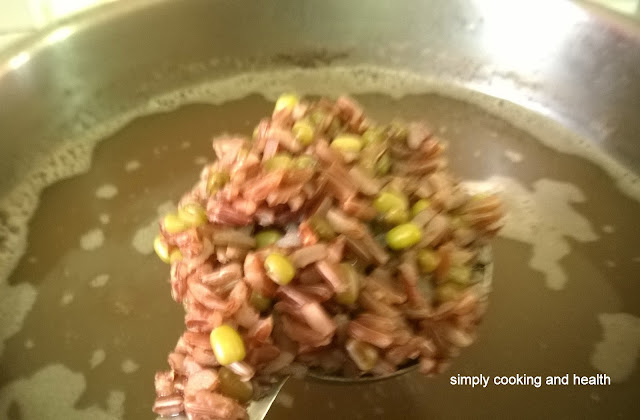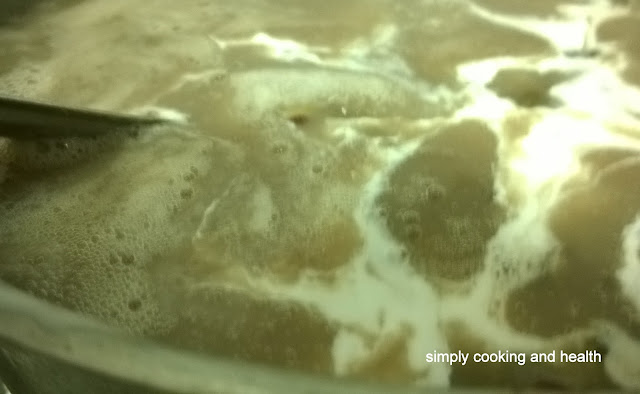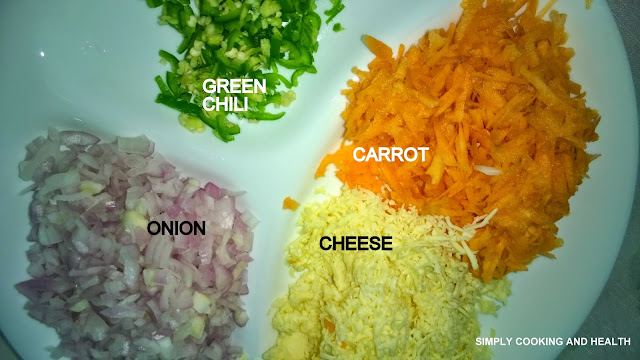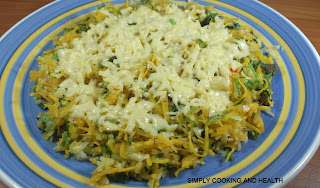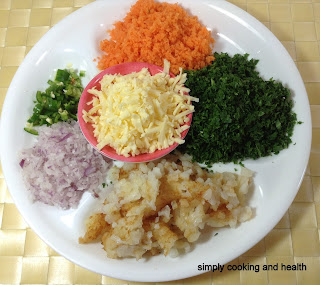 |
| Mild Fenugreek seeds curry |
This is a mild curry suitable for children and those who cannot take spicy (hot) food. Neither curry powder or chill powder is used in this recipe. If you want a hot curry, just add 1 teaspoon of curry powder
Recipe summary
For
Mild Fenugreek seeds Curry
Preparation time: 10 minutes
Cooking time: 15 minutes
Serves: 4
1. Chop 1 onion and 1 green chili.
2. Peel 6 cloves garlic and split lengthwise into two pieces.
3. Cut 1 sprig curry leaves fine.
4. Soak 35 grams of tamarind(with seeds) in 3 tbsp warm water and squeeze the juice and keep aside.
5. Wash and dry 1 tbsp fenugreek seeds in paper towel.
6. Heat 3 tbsp sesame oil (gingerly oil) in a frying pan or a wok and fry fenugreek seeds for ½ a minute, turn off heat and remove the fenugreek seeds carefully and keep aside.
7. Put the same pan on fire and fry onion for 10 minutes or until it turns light brown. You can add a pinch of salt which helps the onion to fry faster. Then add garlic and fry for one minute and add curry leaf.
8. Fry for five minutes and add 2 ½ cups water, 1 tsp salt, ¼ tsp turmeric powder, fried fenugreek and let it boil.
9. Reduce fire, after 10 minutes add tamarind juice. Taste the gravy and add salt and tamarind juice if necessary. After 5 minutes add 4 tbsp coconut milk.
10. Let it simmer for 3 minutes. Remove from heat.
Mild Fenugreek seeds Curry (Venthaya kulambu) is ready.
For
Mild Fenugreek seeds Curry
Preparation time: 10 minutes
Cooking time: 15 minutes
Serves: 4
1. Chop 1 onion and 1 green chili.
2. Peel 6 cloves garlic and split lengthwise into two pieces.
3. Cut 1 sprig curry leaves fine.
4. Soak 35 grams of tamarind(with seeds) in 3 tbsp warm water and squeeze the juice and keep aside.
 |
| Ingredients |
5. Wash and dry 1 tbsp fenugreek seeds in paper towel.
6. Heat 3 tbsp sesame oil (gingerly oil) in a frying pan or a wok and fry fenugreek seeds for ½ a minute, turn off heat and remove the fenugreek seeds carefully and keep aside.
7. Put the same pan on fire and fry onion for 10 minutes or until it turns light brown. You can add a pinch of salt which helps the onion to fry faster. Then add garlic and fry for one minute and add curry leaf.
8. Fry for five minutes and add 2 ½ cups water, 1 tsp salt, ¼ tsp turmeric powder, fried fenugreek and let it boil.
 |
| Mild Fenugreek seeds curry |
9. Reduce fire, after 10 minutes add tamarind juice. Taste the gravy and add salt and tamarind juice if necessary. After 5 minutes add 4 tbsp coconut milk.
10. Let it simmer for 3 minutes. Remove from heat.
Mild Fenugreek seeds Curry (Venthaya kulambu) is ready.
Preparation time: 10 minutes
Cooking time: 15 minutes
Serves: 4
Ingredients:
Main
1 tbsp fenugreek seeds
I onion
6 cloves garlic
Others
1 green chilly
¼ tsp turmeric powder
35 grams of tamarind (15 grams of seedless tamarind)
1 sprig curry leaf
1 tsp salt
3 tbsp sesame oil (gingelly oil)
2 ½ cups water
4 tbsp coconut milk
 |
| Ingredients forMild Fenugreek seeds Curry (Venthaya kulambu) |
Preparation
1. Chop onion and green chilly
2. Peel garlic and split lengthwise into two pieces
3. Cut curry leaves fine
4. Soak tamarind in 3 Tbsp warm water and squeeze the juice and keep aside.
5. Wash and dry fenugreek seeds in paper towel
Method:
Heat oil in a frying pan or a wok and fry fenugreek seeds for ½ a minute, turn off heat and remove the fenugreek seeds carefully and keep aside.
 |
| Fenugreek seeds curry being cooked in a a wok |
Put the same pan on fire and fry onion for 10 minutes or until it turns light brown. You can add a pinch of salt which helps the onion to fry faster. Then add garlic and fry for one minute and add curry leaf.
Fry for five minutes and add water, salt, fried fenugreek seeds, turmeric powder and let it boil.
Reduce fire, after 10 minutes add tamarind juice. Taste the gravy and add salt and tamarind juice if necessary. After 5 minutes add coconut milk.
Let it simmer for 3 minutes. Remove from fire.
It will go well with rice or bread.
Nutrition data for this recipe
Nutrition content is computed by adding nutrition values of individual ingredients according to the USDA nutrition database. Water shown here is what is found in the ingredients and not the water added while cooking.
Click button below to view nutrition content.
